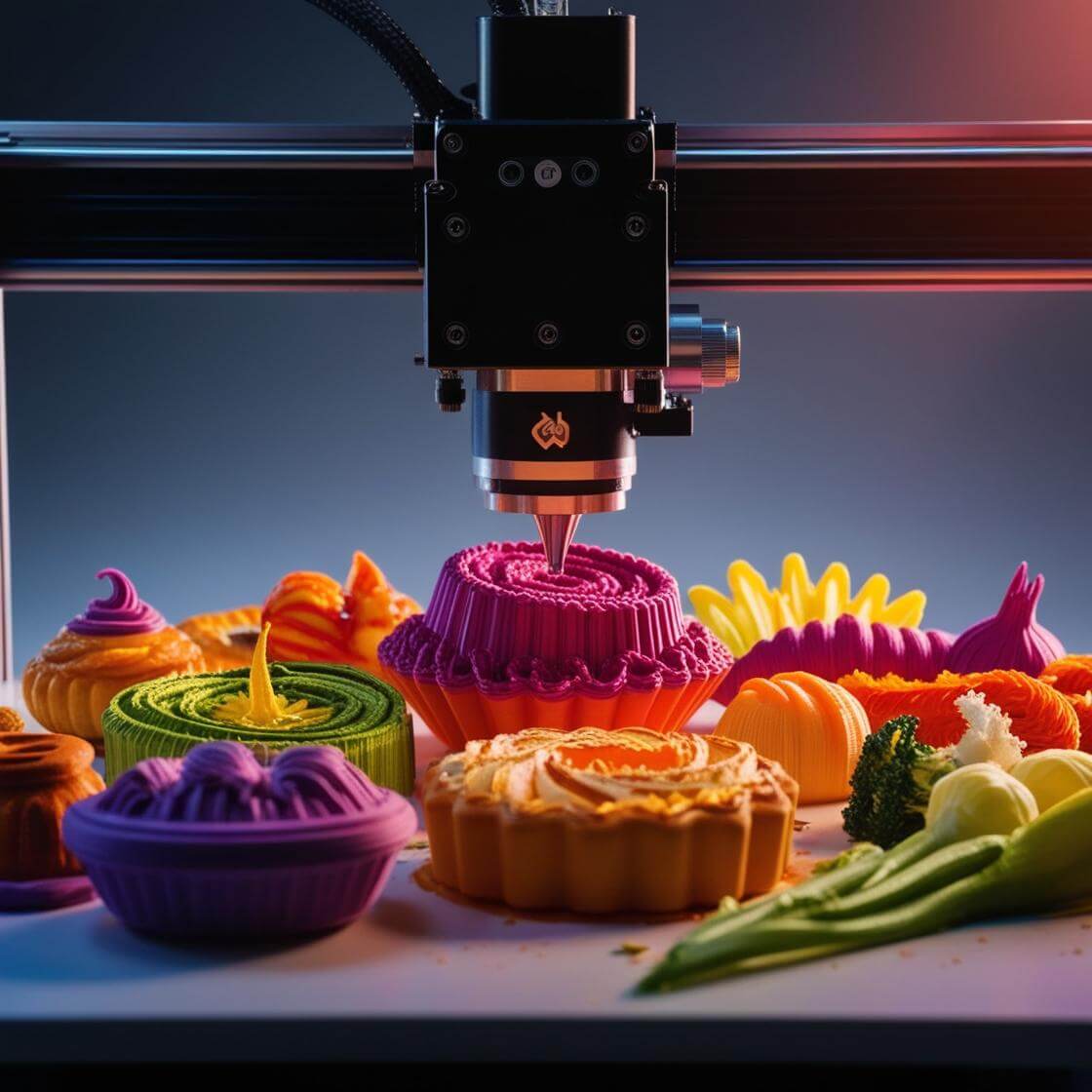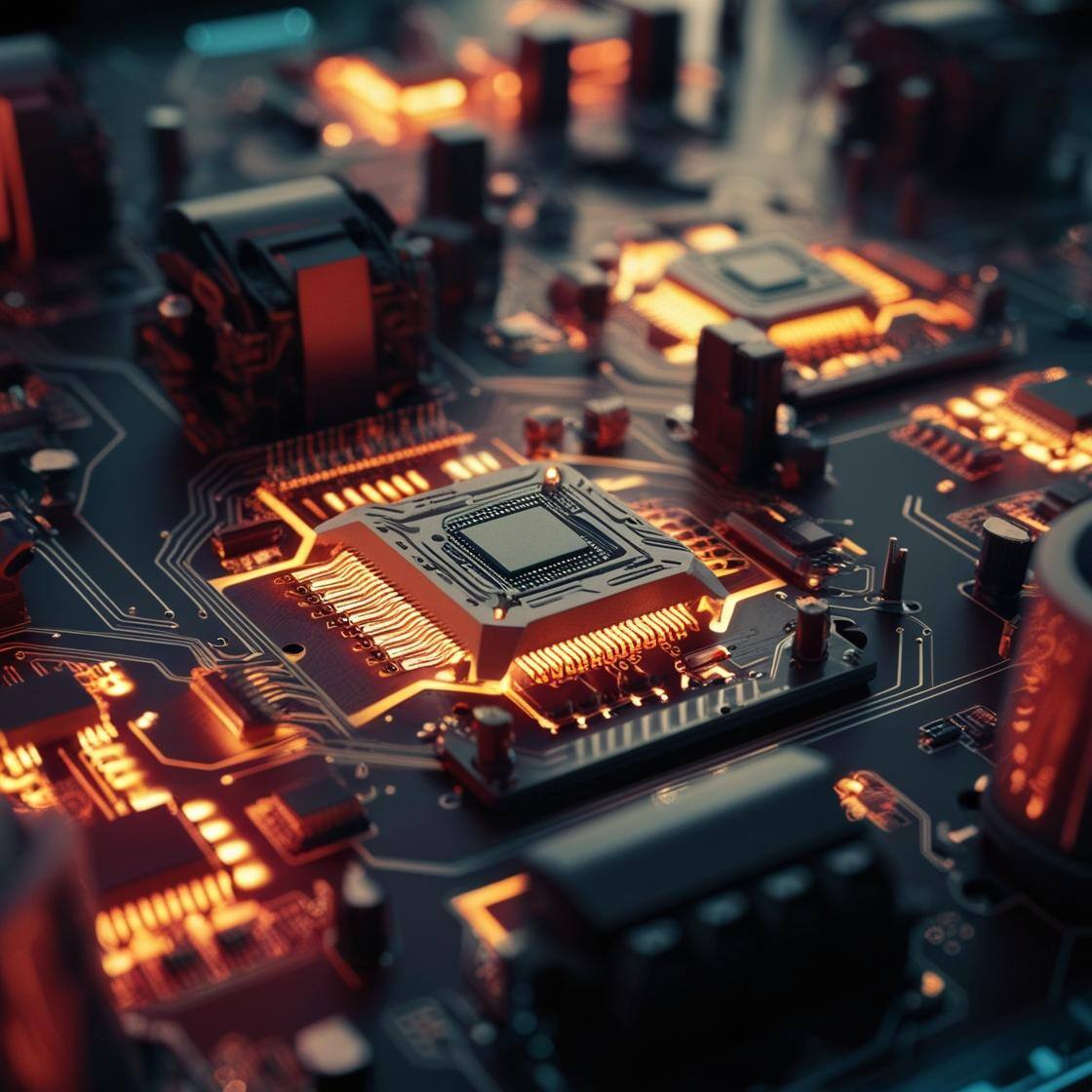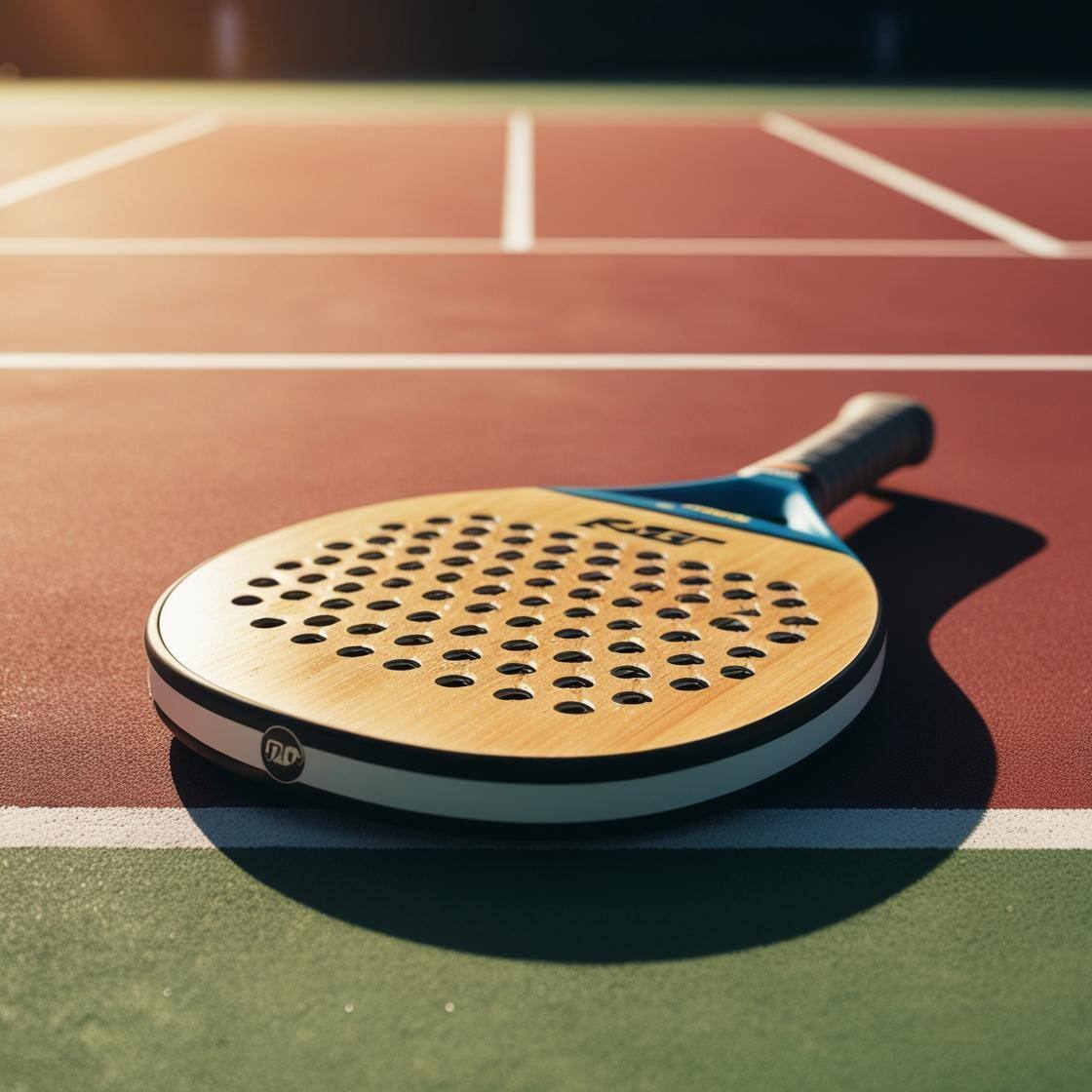6 min read
3D Printing and Nanotechnology
3D printing and nanotechnology are two fields of research and innovation that, at first glance, might appear worlds apart. The former focuses on...

Food 3D printing is one of the most interesting innovations of recent years, combining advanced technology and creativity to revolutionise the way we conceive and produce food and related objects. From creating personalised, visually appealing dishes to manufacturing food-safe utensils and containers, this technology has opened up new possibilities in both the culinary and industrial sectors. Through the use of certified materials and cutting-edge design tools, food 3D printing continues to push the boundaries of innovation, offering customised, sustainable, and efficient solutions.
Food 3D printing is an additive manufacturing technology that uses edible materials as raw ingredients. Through a layer-by-layer process, complex and precise shapes are created using ingredients such as chocolate, fruit purée, dough, or alternative proteins. This approach is made possible by printers equipped with nozzles and pumps that extrude the material with extreme precision, controlled by CAD (Computer-Aided Design) software. Some printer models include advanced features such as built-in cooking or cooling modules.
The roots of 3D food printing date back to the 2000s, when researchers and innovators began to explore the application of additive technologies to food. Early prototypes were often limited to processing sugar and chocolate to create cake decorations.
One of the first commercial applications was developed by Foodini, a food printer that introduced the possibility of creating personalised and visually striking dishes. Since then, companies like ByFlow and Choc Edge have pushed the boundaries of this technology, making it accessible to both chefs and industrial manufacturers.
In haute cuisine, 3D printing has revolutionised dish presentation. Chefs in Michelin-starred restaurants use this technology to create sophisticated decorations, complex geometries, and compositions that combine aesthetics with functionality. Examples include chocolate printed in intricate shapes or lightweight sugar structures for unique desserts.
In the healthcare sector, 3D food printing is used to create personalised meals for patients with specific nutritional requirements. Care homes and hospitals use puréed vegetables and proteins to produce foods that are easy to chew yet rich in nutrients, improving patients’ dining experience.
Another significant example is industrial production. Food companies are adopting 3D printing to prototype new products or to create bespoke snacks for events and promotions. Additionally, some start-ups are developing sustainable foods using alternative proteins, such as those derived from insects or algae, transforming them into appetising and visually attractive products through 3D printing.

The range of materials used in 3D food printing is constantly expanding. Among the most common are chocolate, ideal for decorations and sculptures; doughs such as fresh pasta or biscuit mixtures; fruit and vegetable purées, perfect for healthy dishes; alternative proteins derived from soya, algae, or insects; and sugars and gelatines, used for sweets and elaborate confections. Each material must meet strict food safety standards and have the necessary physical properties to be successfully printed.
One of the main advantages is the ability to personalise. 3D printing makes it possible to tailor meals to consumers’ specific needs, creating foods with precise caloric and nutritional content. This is particularly useful for special diets or food allergies. In addition, the technology reduces waste, using only the required amount of ingredients and optimising production processes. Creativity is another strong point: chefs and food designers can realise complex compositions impossible to achieve with traditional methods. Finally, sustainability is crucial: the ability to use alternative proteins and valorise food waste reduces the environmental impact of food production.
Despite its advantages, 3D food printing presents certain challenges. The cost of printers and high-quality materials can be an obstacle for small businesses. Production speed is another limitation, as printing complex foods can be time-consuming. Moreover, it is vital to ensure that materials and processes comply with stringent food safety standards. Lastly, consumer acceptance is an important factor: some people may be sceptical about foods produced using advanced technologies.
The future of 3D food printing holds abundant opportunities. As technologies advance, it is likely that printers will become more affordable and faster, making this innovation commonplace in both kitchens and the industry at large. Integration with artificial intelligence will allow for further optimisation and personalisation of meals. A rise in the use of sustainable ingredients, such as algae and plant-based proteins, is also anticipated to address global challenges related to food security and sustainability. Finally, the expansion of food 3D printing in the catering, restaurant and industrial production sectors will contribute to redefining the very concept of food.
3D printing is not limited to food production; it also has significant applications in creating objects used for preparing, presenting and storing food. The use of certified materials for food contact is essential to ensure hygiene and functionality standards.
3D-printed objects for food use include custom cake moulds, kitchen utensils, containers, plates and table decorations. These items are designed to meet specific aesthetic and functional requirements, offering a level of customisation that traditional technologies cannot provide. 3D printing is also employed to produce components for food machinery, improving production efficiency and reducing processing times.
One of the most commonly used materials for 3D printing objects intended for food contact is food-grade ABS. Renowned for its mechanical strength and impact resistance, it is particularly suitable for making utensils, containers and parts subject to stress. Food-grade ABS is certified for contact with food, ensuring safety and reliability, although the printing process requires specific precautions to meet strict hygiene requirements. Thanks to its versatility, it is ideal for moulds and tools that demand precision and durability.

Another material offered by Weerg is EcoTech, an innovative solution that combines sustainability with high performance. EcoTech is particularly suited to applications requiring a low environmental impact without compromising on quality or food contact safety. This material is suitable for lightweight, robust items such as containers and utensils, making it an ideal eco-friendly and versatile option. It is also FDA-approved.
3D printing of objects for food use achieves a high level of customisation while ensuring that materials meet safety standards. Thanks to state-of-the-art technologies, Weerg provides innovative solutions that combine precision, quality, and fast turnaround times, making 3D printing a strategic choice for the food sector.
Food 3D printing and the production of related objects represent a perfect synthesis of technology, sustainability and personalisation. Despite some challenges concerning costs and material certification, the potential of this technology is immense and its applications continue to expand. With materials such as food-grade ABS and advanced solutions offered by leading companies like Weerg, it is possible to create safe, durable, and functional objects for a wide range of uses. As increasingly innovative technologies emerge and sustainability becomes an ever-greater focus, 3D printing in the food sector is set to play a pivotal role in the future of gastronomy and industrial production.

6 min read
3D printing and nanotechnology are two fields of research and innovation that, at first glance, might appear worlds apart. The former focuses on...

6 min read
Padel has seen exponential growth in Italy and worldwide in recent years. A glance at sports clubs in major cities and smaller towns alike reveals an...

6 min read
The game of chess boasts a history spanning millennia, seamlessly merging art, strategy, and culture into a singular experience that has captivated...